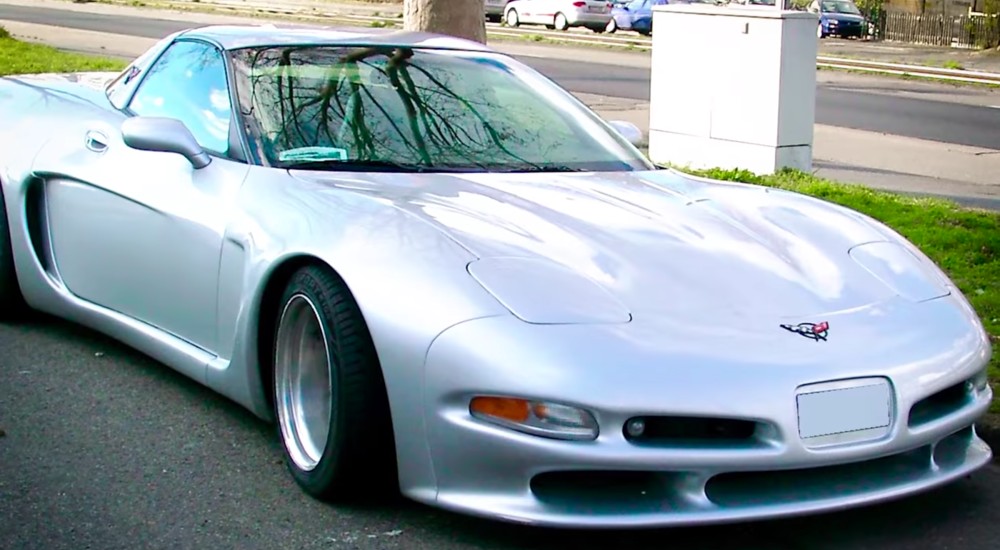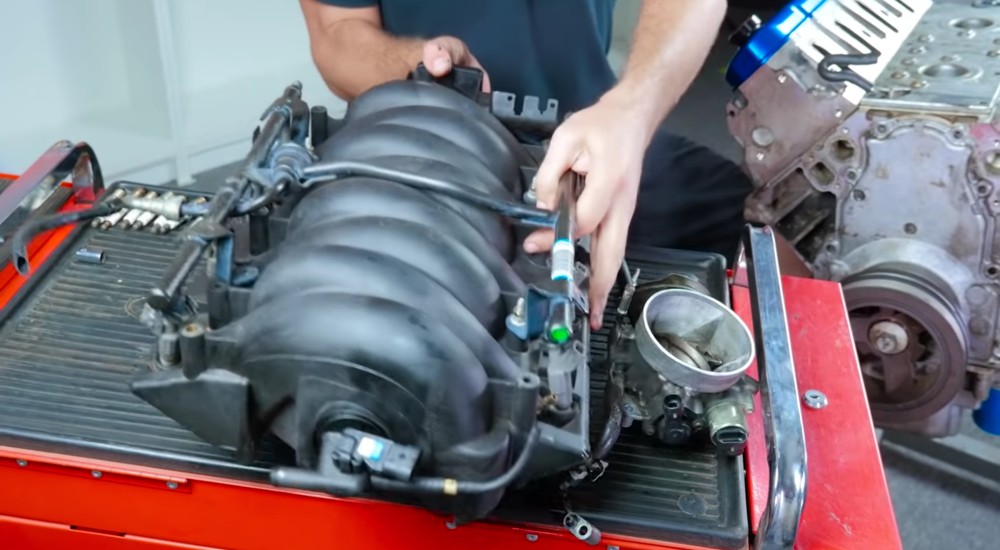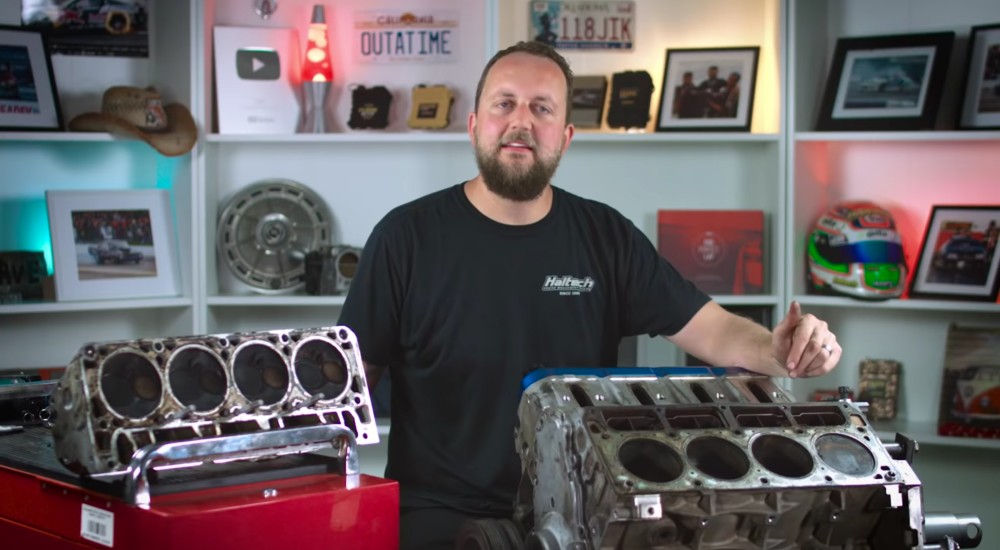Magical Simplicity Is the LS Engine’s Key to Continued Success
Aftermarket tuner Haltech goes deep into the venerable LS to answer why so many gravitate towards one of Chevy’s best V8s.
As Mr. Regular once said, “On a long enough timeline, everything gets an LS.” It’s no wonder: the legendary Chevy V8 attracts so many to the fold. Why mess with a Ford motor for your ’32 Ford hot rod, when the LS just goes right in? If you need to upgrade your old Corvette’s V8, the LS is the way to go. Even wild swaps involving Porsche 911s, Lexus LS400s and Subaru Imprezzas are just the norm for the long-running LS.
How did the LS get to be so popular, though? Scott Hilzinger from Kentucky-based engine tuner Haltech takes some time on the company’s YouTube channel to explain the magic simplicity of the small-block V8.

“Back in January 1995, the LS was introduced as a clean-sheet design by Chevrolet,” said Hilzinger. “Since then, the LS series of engines has been a firm favorite performance engine in OEM applications, and as the ever-popular LS swap.”
The LS was designed as Chevrolet’s revolution of their V8 game, having built their name on eight cylinders for decades. Unlike the V8s before, the LS kept only the rod bearings, lifters and bore spacing from the past. The small-block design was made to be lightweight, helped by the push-rod design other engines don’t have. Its compactness at the top means lots of rides can welcome the LS with no trouble.

“The LS was first introduced in the 1997 Corvette,” said Hilzinger. “Since then, GM’s been shoving ’em in every vehicle they could find, from trucks to Camaros, and everything in between, including our Australian Holden Commodore. That means there’s plenty to go around.”
Building an LS isn’t expensive compared to other engines, according to Hilzinger. There’s also a massive aftermarket available to make the most out of any build. Hilzinger says to look for some lifter problems and/or top-end knock in a given LS, then work those out before moving forward.

“Once you’ve selected the type of LS that you’re gonna be using […] you’re gonna need engine management,” said Hilzinger.
Hilzinger goes through his own employer’s assortment of LS-related engine-management components, which includes the ECU and engine harness, plus a dual-channel wideband controller. All of the above is meant to handle the firing of the cylinders for improved performance.

“This is an LS1 cable-variant of the engine,” said Hilzinger. “What I plan on doing is pulling everything apart bit by bit, having a bit of a look. We’ll get all the way down to the bottom, hopefully in through the timing cover case, and see what’s inside.”
The first parts to be removed are the throttle body and intake manifold. Hilzinger says one of the best parts of the motor is the modular pieces linked to feeding fuel into the cylinders. He also notes the placement of the single cam down in the bottom of the V8, a sight that may confuse those used to overhead cams.

“With the rocker cover pulled off, we can see all of our rockers along the top,” said Hilzinger. “We can see our valve springs. We can see our valve spring retainers. We can see the valve stem down the middle there. We can see the pushrod […] Down the middle, we can see that single camshaft, but we’re missing a whole bunch of valves.”
As we all know, the LS only has two valves per cylinder, making for a less complex engine to build. Along with the pushrods and the placement of the single cam, the simplicity of the V8 leaves a lot of room for upgrades galore, all without the headaches other, more complex engines present.

“The lower section of the LS is a wide-block design,” said Hilzinger, “and incorporates deep side skirts, along with six-bolt cross-bolted main bearing caps. This what the engineers at GM call a snap-fit cross-bolt design, and it provides really good crankshaft and block rigidity. The bottom end’s pretty strong.”
Overall, the LS attracts so many because the magic of its simplicity, providing a stable foundation to build the monster of your dreams.
